Expert: Cooperation holds promise of rejuvenating economic activities
Enhanced cooperation and better coordination among BRICS countries — Brazil, Russia, India, China and South Africa — will bolster their economic growth and fortify the multilateral trading system, said market watchers and business leaders.
By leveraging their collective strengths, these influential emerging economies can shape a more robust global economic resurgence, they said. Through increased trade, investment and technological innovation, BRICS countries can catalyze growth not only within their respective borders but on a global scale.
China's foreign trade with other BRICS economies amounted to 3.69 trillion yuan ($506.76 billion) in 2022, up 17 percent year-on-year, according to data released on Monday by China's General Administration of Customs.
China had consistently maintained its position as the largest trading partner of Russia, Brazil and South Africa, thereby giving them further development impetus.
Their foreign trade ties maintained notable growth momentum in the first seven months of this year, while China saw the value of its trade with other BRICS countries soar 19.1 percent year-on-year to 2.38 trillion yuan.
Consensus has been reached during the recent 13th BRICS trade ministers' meeting and the seventh BRICS industry ministers' meeting on issues such as cooperation frameworks for promoting the upgrading of the manufacturing sector and establishing sustainable industrial and supply chains.
These cooperative endeavors hold the promise of rejuvenating economic activities, said Ren Lin, a researcher at the Chinese Academy of Social Sciences' National Institute of Global Strategy in Beijing.
Fostering collaboration
Such meetings have shown that BRICS countries pay more attention to the imperative of digital transformation, fostering collaboration among small and medium-sized enterprises, and reinforcing the resilience of industrial and supply chains, according to information released earlier this month by China's Ministry of Commerce and the Ministry of Industry and Information Technology.
Atul Dalakoti, executive director of the New Delhi-based Federation of Indian Chambers of Commerce and Industry, said the importance of trade and investment among BRICS countries, along with their collaborative efforts in technological innovation, industrial transformation and the new digital economy, has been well established, providing impetus for growth in the BRICS countries.
"China has a well-developed, enviable infrastructure. All the BRICS countries can work together in areas such as artificial intelligence, big data, 5G and high-speed trains, and create physical connectivity among themselves," Dalakoti said.
Chen Wenling, chief economist at the Beijing-based China Center for International Economic Exchanges, said that by collectively harnessing the power of the digital era, the five countries can effectively navigate the complexities of the transformation of modern manufacturing.
These efforts will boost BRICS countries' foreign trade volume not only among themselves but also with other parts of the world, said Lin Meng, director of the Modern Supply Chain Research Institute at the Beijing-based Chinese Academy of International Trade and Economic Cooperation.
The five countries should work together to build an open, inclusive, fair, just and nondiscriminatory environment for foreign trade, the digital economy and the green economy, she said.
Expanded trade
Besides traditional Chinese exports to other BRICS markets such as construction machinery, railway trains, manufacturing equipment, electronics, textiles and household appliances, Chinese-made passenger vehicles and solar cells have also become popular in these countries in recent years, according to Customs data.
In addition to metals, crude oil, natural gas and grains, shipments to China from Brazil, Russia, India and South Africa include passenger aircraft, timber, meat, steel, cotton, chemicals, pharmaceuticals and medical equipment.
Lyu Jun, board chairman of COFCO Group, China's largest food trader in terms of sales revenue, said the company will continue to import agricultural products from other BRICS countries in the coming years, since agriculture is one of the key areas of cooperation between China and these four trading partners.
After receiving 53,000 metric tons of South African feed corn for the first time in China at a port in Dongguan, Guangdong province, in early May, COFCO Group announced that it had procured 158,000 tons of corn from South Africa in the first half of this year.
In terms of intensifying its investment and trade cooperation in other BRICS economies, the company has been bolstering the construction of soybean crushing plants, refining facilities, sugar mills, ports and silos, as part of its processing and logistics infrastructure development in these four countries, Lyu said.
"COFCO Group has also fostered a strong partnership with local farms and agricultural households, forming a mutually beneficial community that contributes to local economic growth," he said.












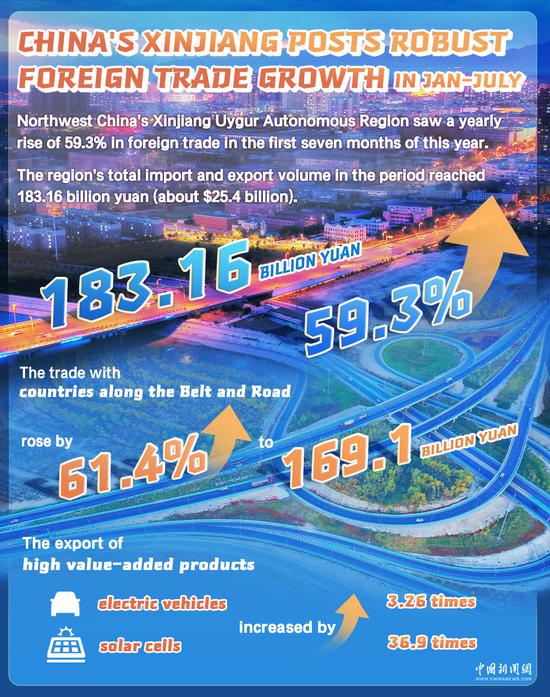


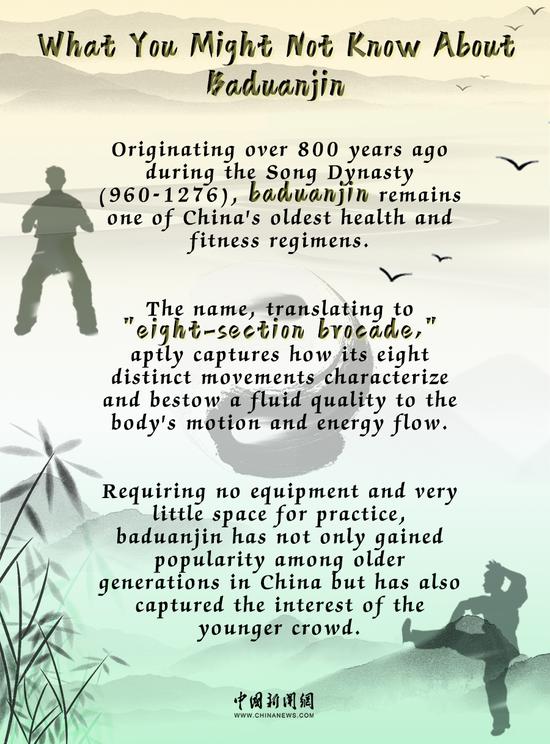


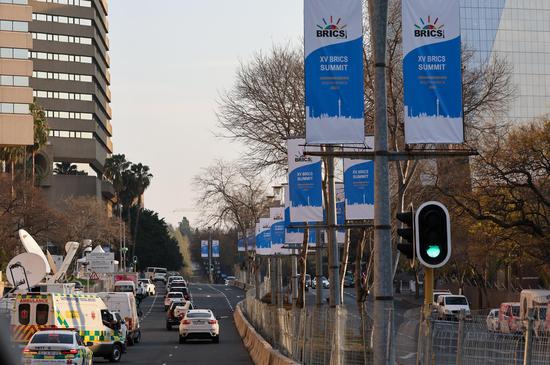







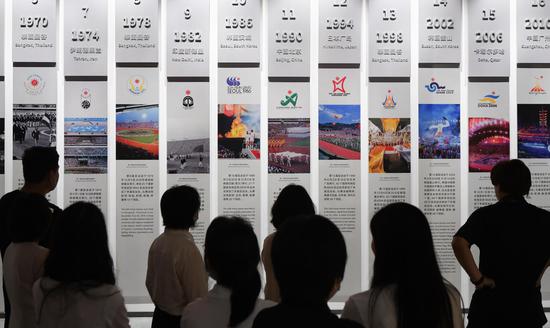



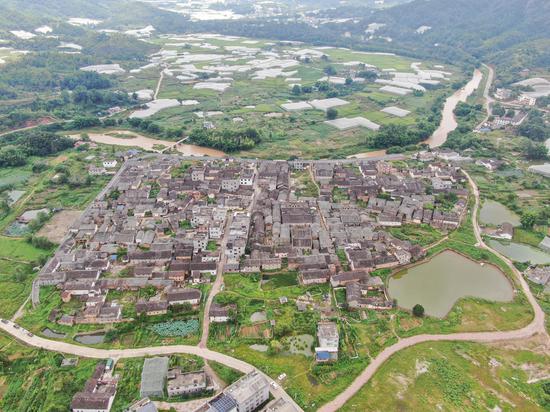
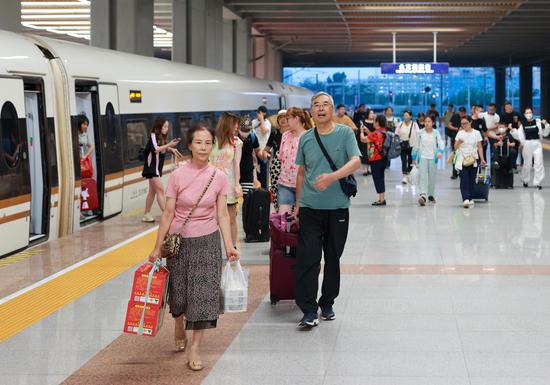
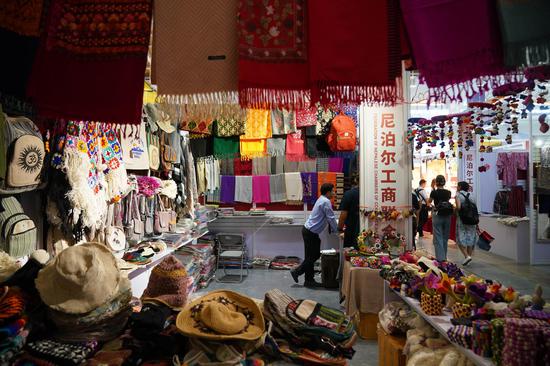





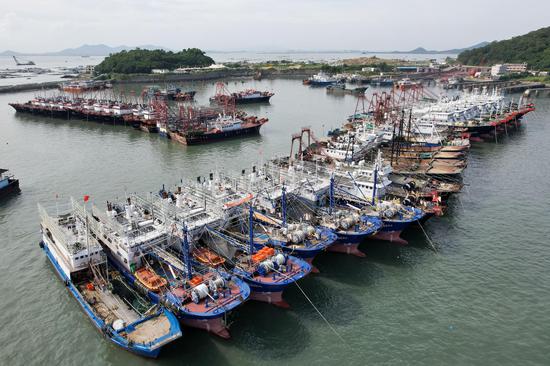





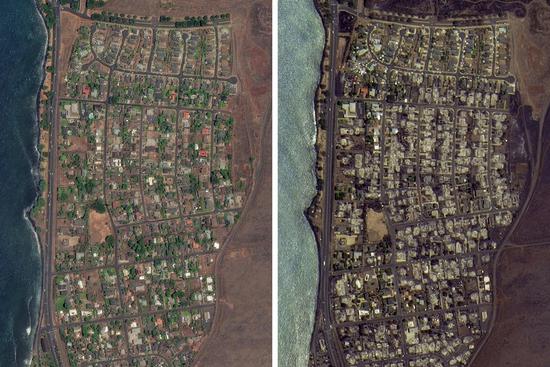





 京公網安備 11010202009201號
京公網安備 11010202009201號